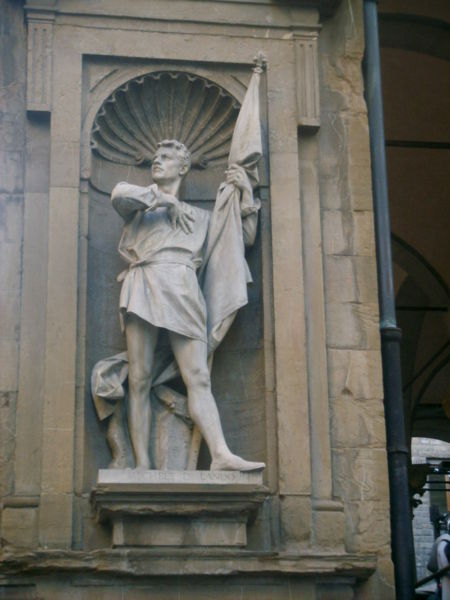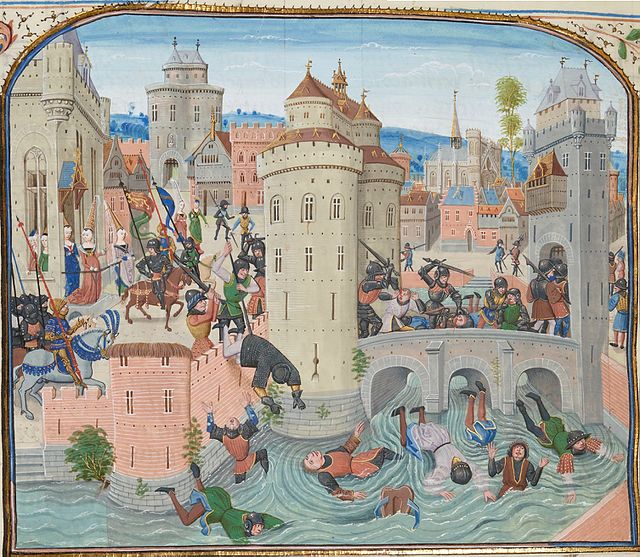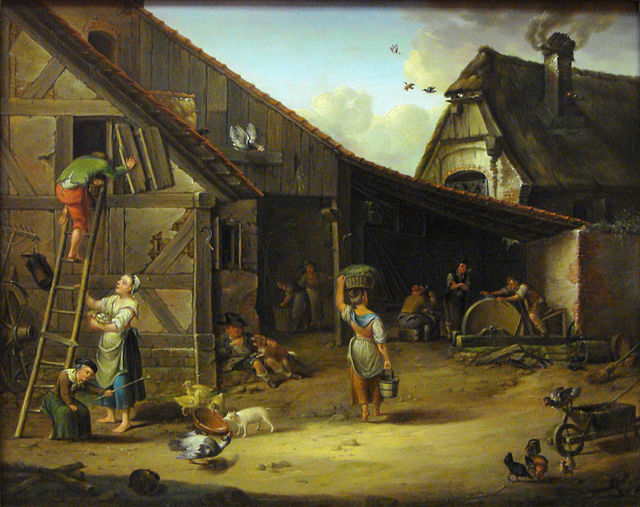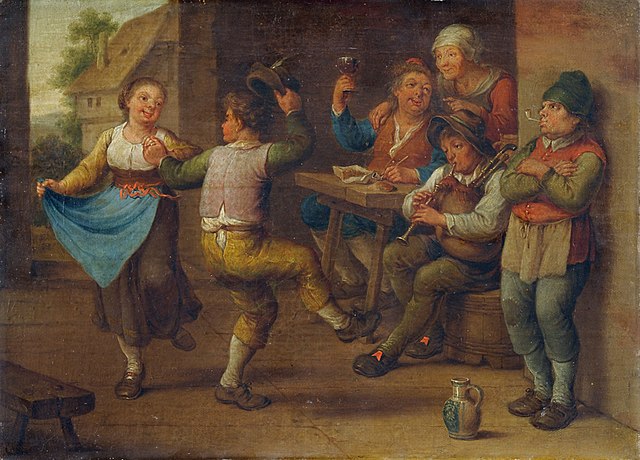Popular revolts in late medieval Europe
Popular revolts in late medieval Europe were uprisings and rebellions by peasants in the countryside, or the burgess in towns, against nobles, abbots and kings during the upheavals between 1300 and 1500, part of a larger "Crisis of the Late Middle Ages". Although sometimes known as Peasant Revolts, the phenomenon of popular uprisings was of broad scope and not just restricted to peasants. In Central Europe and the Balkan region, these rebellions expressed, and helped cause, a political and social disunity paving the way for the expansion of the Ottoman Empire.
Richard II of England meets the rebels of the Peasants' Revolt
Michele di Lando, placed in the office of gonfaloniere of Florence by the revolt of the Guild-less Ciompi
Defeat of the Jacquerie
A peasant is a pre-industrial agricultural laborer or a farmer with limited land-ownership, especially one living in the Middle Ages under feudalism and paying rent, tax, fees, or services to a landlord. In Europe, three classes of peasants existed: non-free slaves, semi-free serfs, and free tenants. Peasants might hold title to land outright, or by any of several forms of land tenure, among them socage, quit-rent, leasehold, and copyhold.
Young women offer berries to visitors to their izba home, 1909. Those who had been serfs among the Russian peasantry were officially emancipated in 1861. Photograph by Sergey Prokudin-Gorsky.
A farm in 1794
Finnish Savonian farmers at a cottage in early 19th century; by Pehr Hilleström and J. F. Martin
"Feiernde Bauern" ("Celebrating Peasants"), artist unknown, 18th or 19th century







